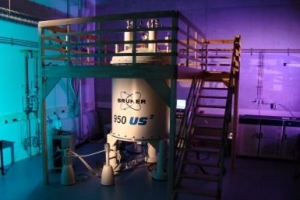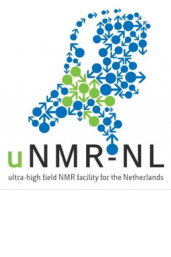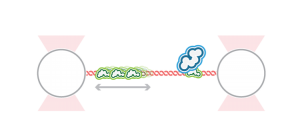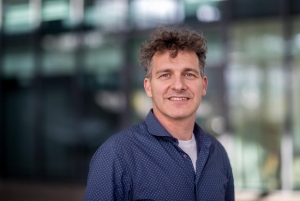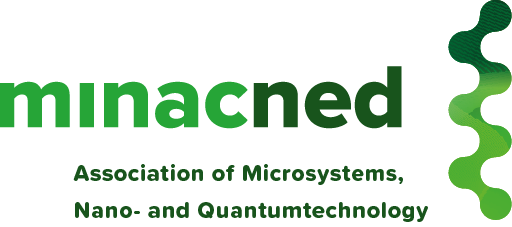Surfix B.V., together with its shareholders Qurin Diagnostics B.V. and LioniX International B.V., already successfully developing bio-photonic nanochips for cancer detection and other applications, announced an accelerated development plan to allow mass-scale COVID-19 diagnosis and immunity detection with the financial support and in close collaboration with PhotonDelta.
The desktop testing device will yield reliable test results within 5 minutes and is scheduled to be available for commercial exploitation within 6-9 months. The device will be built around a photonic biochip using LioniX’ mature and proven silicon nitride based integrated optics technology (TriPleX™), a key technology within the PhotonDelta ecosystem. The surface functionalization and biochemical assay development are provided by Surfix and Qurin Diagnostics, respectively. The combination of these disciplines enables a successful, fast and accurate virus detection platform. The development will be supported by and in tight collaboration with Photon Delta (a Dutch public private partnership). The PhotonDelta support will be both in co-funding as in further future upscaling and exploitation.
Qurin Diagnostics, Surfix and LioniX International are already working together closely on early cancer detection and have realized an ultra-sensitive biochip sensor array which will be applied for early cancer detection using urine as a liquid biopsy.
Qurin Diagnostics
Coenraad K. van Kalken, CEO of Qurin Diagnostics, said ”This collaboration confirms our strategic vision that the ultrasensitive biochip we’re jointly developing for mass scale, low-cost cancer screening is broadly applicable in biological agri-food markets as well as in other biomedical fields. All these fields need highly accurate molecular diagnosis technology at lower cost than complex and labor intensive molecular technologies, currently used.”
Surfix
Luc Scheres CTO of Surfix said “We have developed specific nanocoatings which enhance the sensitivity, limit of detection and reliability of the photonic biochip. Of course every application comes with its own specific challenges and demands, so close collaboration with experts from other disciplines is essential to successfully develop a diagnostic test. Therefore, we are happy to strengthen our collaboration with LioniX International and Qurin Diagnostics for the accelerated development of a corona virus test.”
Lionix International
“The TriPleX™ platform has shown its capabilities and possibilities for high volume cost effective cancer diagnostics and investing in this new application is not merely a commercial driven choice, but also driven by societal importance. Since we have a solid technology base and reliable collaboration partners, who also enabled the cancer diagnostics measurements, we have large confidence in realizing a successful COVID-19 test.”, said Arne Leinse, CEO of LioniX International.
PhotonDelta
“‘This is a great example of a joint effort of partners in the PhotonDelta ecosystem to develop meaningful, low costs and effective solutions enabled with integrated photonics technology. The initiative builds upon our knowledge on ultra-sensitive biochips, which might be of utmost relevance in detecting the current COVID-19 crisis. Bio sensing is one of the long-term development programs (roadmap) within PhotonDelta where industry, universities and the entire PhotonDelta ecosystem work together on next generation solutions and testing devices on viruses and other diseases‘’, said Ewit Roos, CEO of PhotonDelta
Download the full press release (PDF)
Read more about MinacNed partners Lionix International BV and Surfix
Read more about PhotonDelta and Qurin Diagnostics
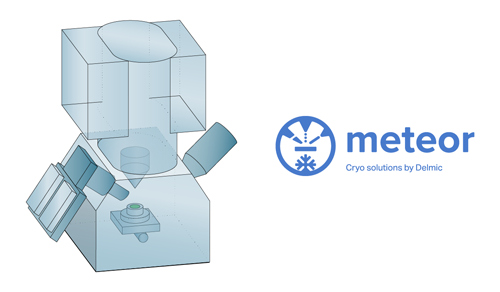
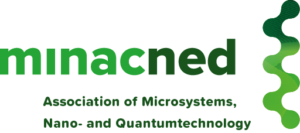
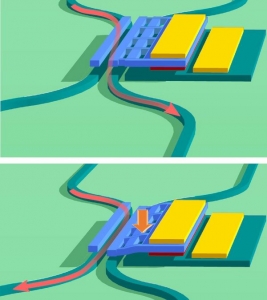 Waveguides and large wavelength range
Waveguides and large wavelength range